
I strive to make reviews which are not advertisement for the product I’m reviewing, but instructional tools for those, who like me, are on the road to chess mastery. Within this article I’ll make a comparison with different DVDs or Books published on the topic, or which are related, to make aware the reader of how to deepen one’s own understanding, and in which direction to turn our attention. There will also be games and positions one must try to understand without using an engine, because in real tournaments we don’t have someone to tell us how to play. Then once one gets the DVD he/she can check the different understanding gained through studying the games shown in this article, and how Martin explains the same games.
The Grunfeld Formula!
https://shop.chessbase.com/en/products/martin_the_gruenfeld_formula?Ref=RF70-5OH0EFN840
Andrew Martin is the teacher everyone would like to have. Yes, he is not one of the top 10 players in the world, but he could definitely be in the top 10 as best chess teachers in the world.
Why? Because he is pragmatic, when he makes a video he makes it just long enough to avoid the student loses interest or fall asleep (I like GM Finegold very much, but his videos work better than Melatonin, I fall asleep within 2-3 minutes I begin one of them and don’t wake up till the end – making it a power chess nap!).
Martin is also razor sharp focusing on the important points one should learn and remember.
He begins the DVD with a funny story about Kortchnoi, who when asked what to play as Black grumpily replied: play the Grunfeld against everything, apart 1.e4.
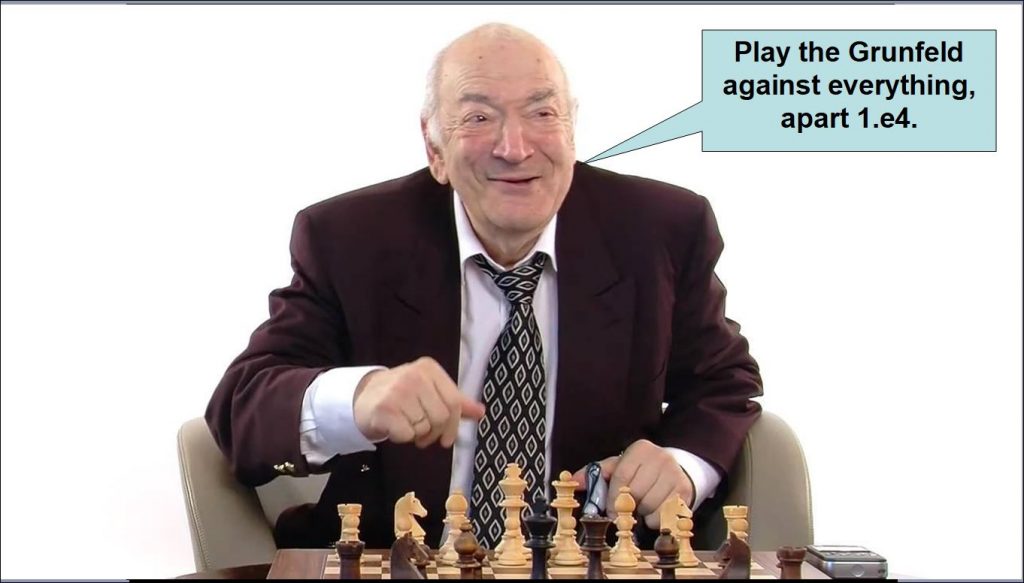
Now when I heard this story immediately came to mind another great from the past: Larsen, who even wrote a book with the same idea!
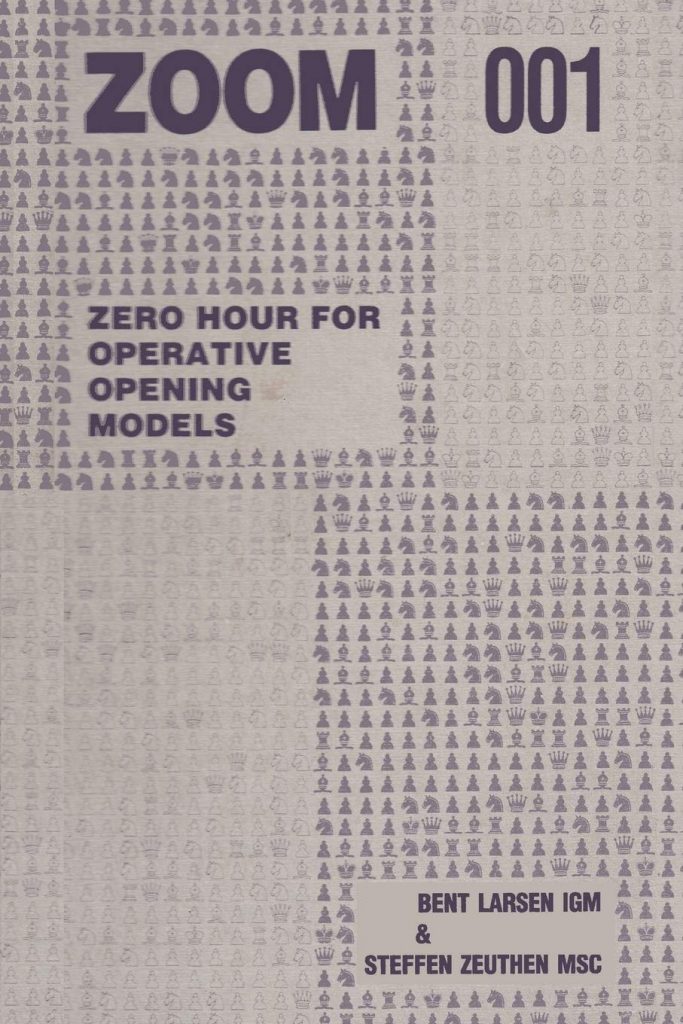
Zoom 001 is a book which shows some opening patterns in the Grunfeld/Catalan which can be used as Black or White.
Martin admits, maybe he was reading my thoughts, that the DVD will not cover the Grunfeld itself, BUT… ta daaaaa give us a universal repertoire against 1.d4 with the idea Larsen had!!
I needed something like this, because due to the COVID emergency I returned to my old job (Registered Nurse) and my time for studying chess openings is limited. But I’d like to be prepared when OTB tournaments will be back, and I’d like to have a universal answer to use as Black against 1,d4.
The DVD is divided in a theoretical part, where Martin doesn’t give variations to memorize, but ideas and themes one must remember. The point being such system will help to find the right move at the board. Martin treats ideas like: fluid development, where to develop the pieces (yes, it’s important to know to which square a piece belongs and why), how to reach a middlegame playable position, central pawn breaks, active play etc.
After 1.d4 there is of course an ocean of different system White can throw at us like:
The Veresov (2 videos): 1.d4 Nf6 2.Nc3 d5 3.Bg5 g6
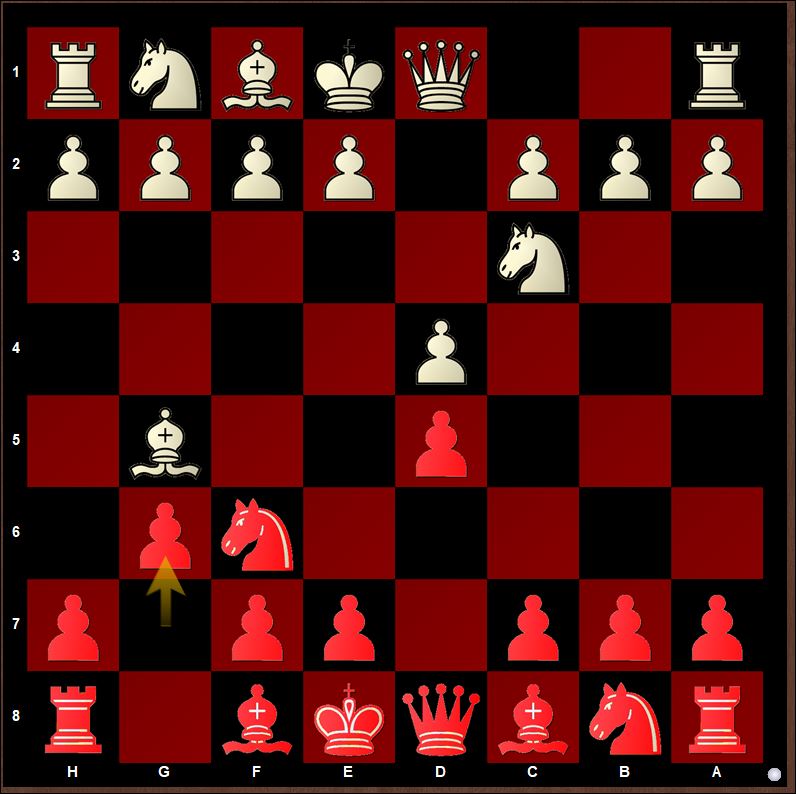
As mentioned in other articles, I aim at writing for people who want to learn and progress in chess, so please pay attention at the games I’ve selected.
The Colle (1 video): 1.d4 Nf6 2.Nf3 g6 3.e3 d5
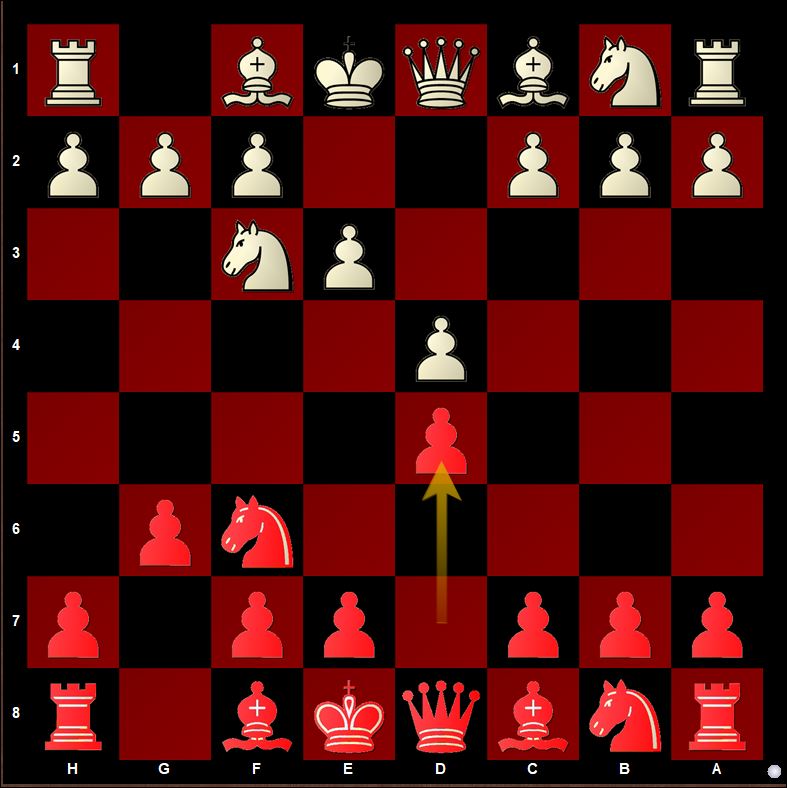
Here a beautiful game, in which Black is able to win in the endgame, I suspect because both players were short of time, hence the need to study also the resulting endgames.
The London (6 videos): a favorite of world champion Magnus Carlsen. Martin takes into account not only the London with 2.Bf4 but also the London-Jobava system which lately has been popularized by one of GingerGm video courses. We have the London-Jobava when White immediately develops the Nb1. 1.d4 Nf6 2.Nc3
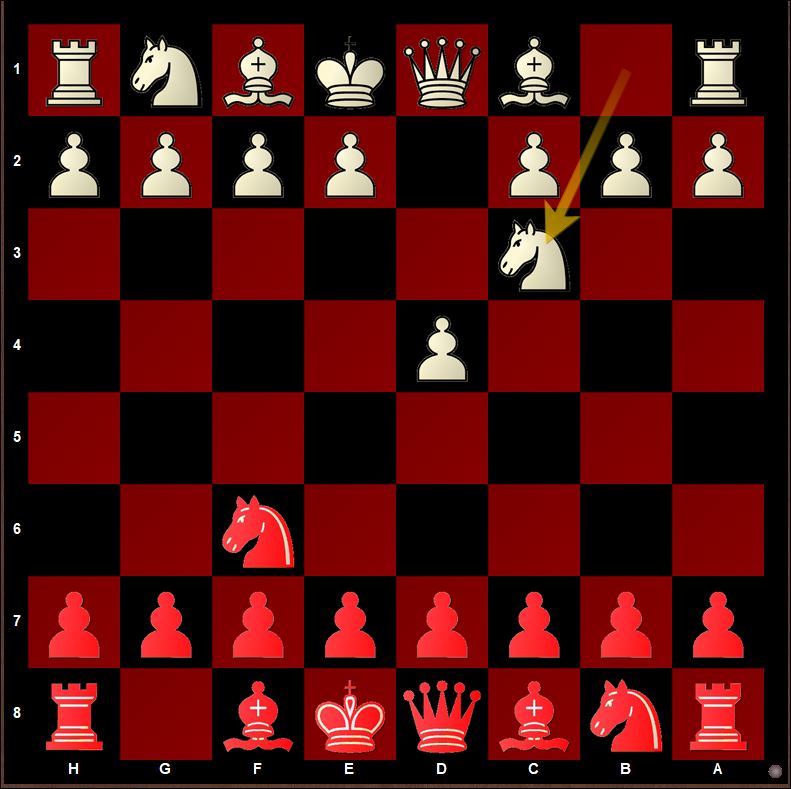
Here one of the games used by Martin as representative of the way the opening should be played:
Please remember to checkout another Chessbase product, a DVD made by GM Pelletier which is quite interesting, because he grouped all the ways Black can play against the London. Why is this important? Because nowadays we play much more chess than in the past. I often play multiple blitz and rapid matches during the year, and in order to win, one needs to have a more universal opening system.
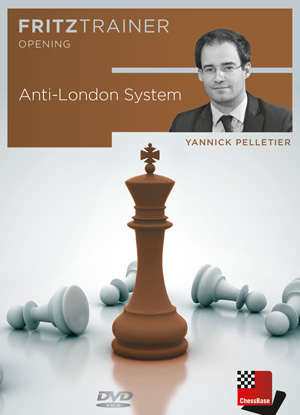
Trompowsky (4 videos) an opening system recently made famous by many IMs and GMs using it, after the moves: 1.d4 Nf6 2.Bg5
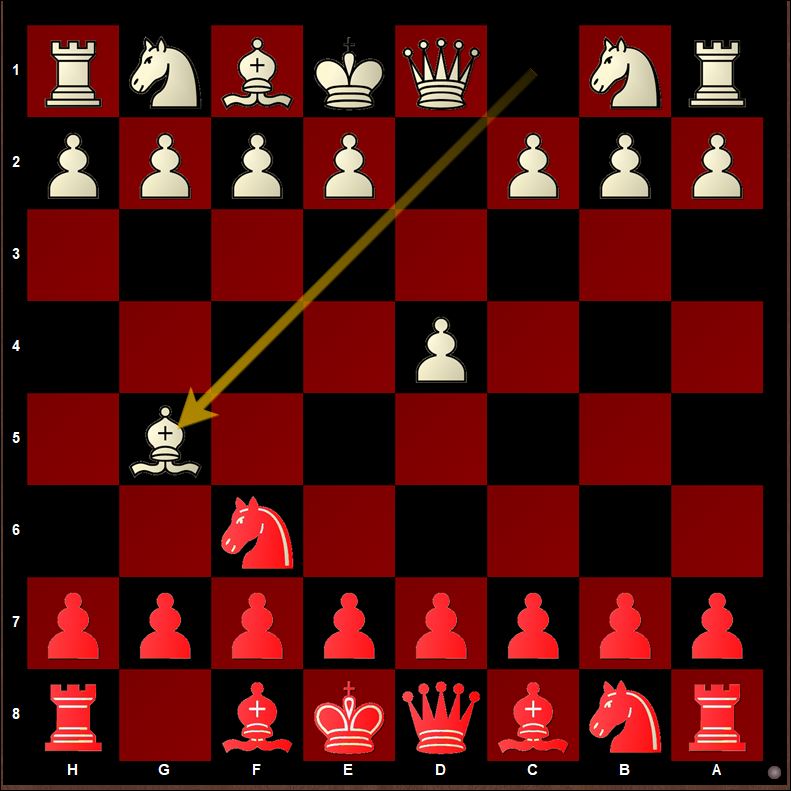
Also in this case I have chosen a game, to illustrate the power of the opening system given to us by Martin. I chose this game, because it’s quite interesting how Black goes beyond conventional chess wisdom, and exchange the dark squares bishop, leaving behind on the kingside a complex of weak dark squares, which cannot be exploited because both queens and dark squares bishops are gone! The game however shows White was better most of the time, but the endgame phase eroded such advantage, till the moment White blundered and lost the game. Clearly this game is a cautionary tale of how the opening preparation is not enough to win the game.
The DVD covers all the possible openings White can play, apart 1. e4, so there is a section dedicated to the English (1.c4), the Bird (1.f4) and also 1.b4 sometimes called Sokolsky (one video), one interesting statistics say this move is the ninth in popularity. However it is important to be prepared to face it, especially if one plans to go to an important tournament like the World Open, where I did face it, in one of the rapid side events of such difficult tournament. Also in this game we see the importance of having ideas on how to win in the endgame.
then the kind of universal 1.Nf3 which can give rise to the Reti ( but Martin also mentions the King’s Indian Attack, KIA)
The KIA was a favorite by Fischer who thought in his younger years to have found a way to avoid studying openings. Because he wanted to use the King’s Indian defense (KID) as Black against 1.d4, and KIA as White against most of Black’s defenses. Such idea doesn’t work well at top level, while it can work for the amateur player, who attends weekend tournaments from time to time. We have a possible transposition into the KIA (is treated with 3 videos) after the moves: 1.Nf3 Nf6 2.g3 d5 3.Bg2 g6 4.0-0 Bg7 5.d3 0-0
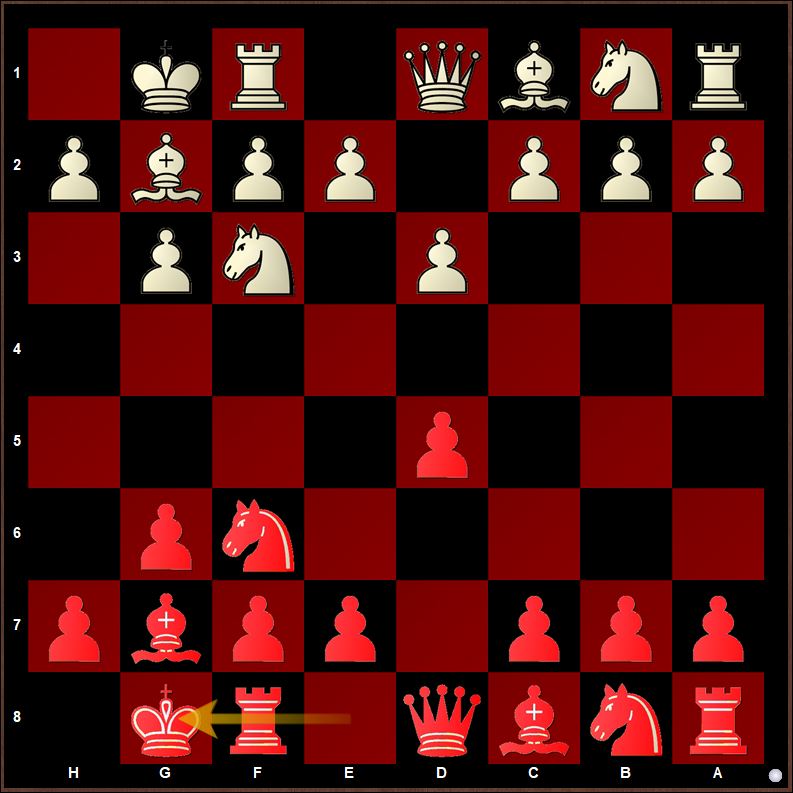
and also 1.b3 the Nimzo-Larsen attack, which can also transpose into different openings.
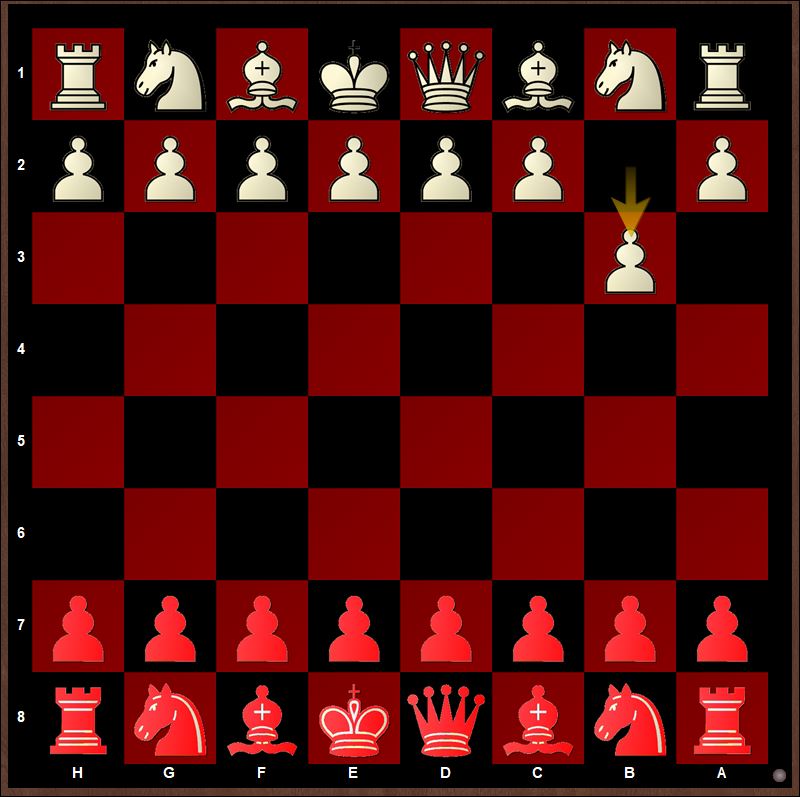
Martin gives the antidote to this opening. However, he also mentioned a historical game between Karpov and Browne, which I was curious to see. Because as in many openings everything goes around the control of D5. Karpov being one of the greatest players of all times, definitely can teach me something. So I went to see some of his battles against Browne, I believe I found the game Martin mentioned, and paid particular attention to the dance and fight around D5. However this game is worth your time just for seeing the difference in class between Karpov and Browne in the endgame.
Martin is honest, he says one cannot really play the Grunfeld against everything, but for those cases, he will recommend a different approach.
What I like of this repertoire is something that is difficult to explain if one didn’t feel it.
Let me try to convey it. As one progresses in chess, he or she becomes to feel the problem of the center, the problem of the activity of the pieces which is tied to whom has more space and controls the center. The opening repertoire proposed by Martin, with this push to C5, is what makes me feel slightly better than my opponent who will be put under pressure, and will have less space to maneuver his pieces.

This DVD is over 6 hours long, 2 databases are included in this DVD, one of theory and one of games, and then a video section of exercises where Martin drills us to find the right continuation, and like a teacher tests us on the material he taught, to be sure we understood the main salient points. Martin covered much more than what I can cover in a review.
Pro and Con: When I opened the DVD the menu was really small, and I admit my sin, I began a 10 minutes tirade against publishers and video makers for making everything too small for my old eyes.
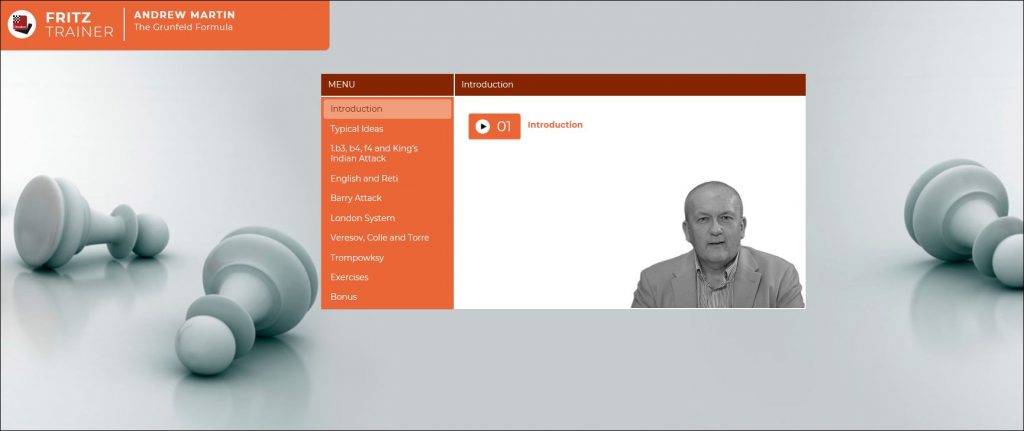
However the day after, I opened the latest Chessbase Magazine, issue 200, and it was the same, too small!
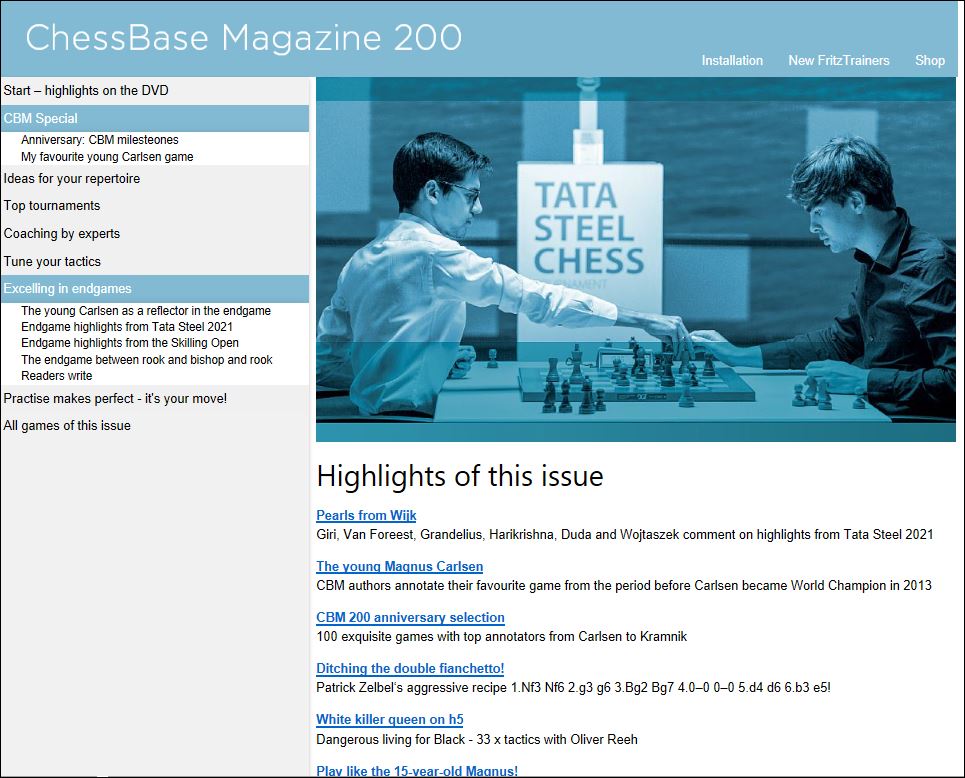
At that point I understood there was a problem with the settings of the new computer I’m using. I noticed while looking all around the Chessbase interface the 100 in the bottom, I correctly thought it was the zoom factor and changed it to 150, and now I could finally enjoy the DVD menu at a decent and easy to read format.
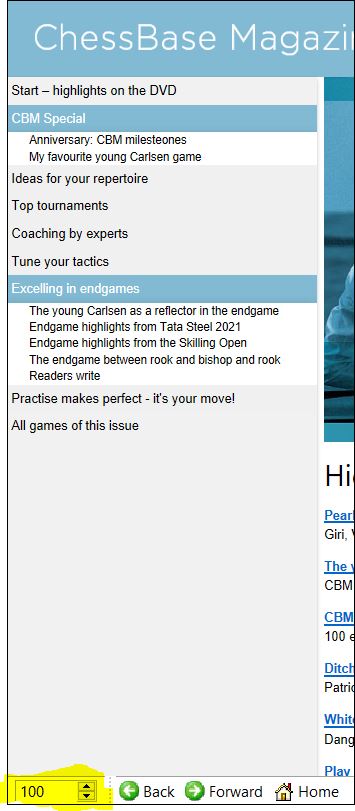
I hope this experience will help other Chessbase users who also found the menu too small.
If I may add a small criticism, not related to Martin, but to the chess industry in general. Martin begins the DVD with a game from 1988, where Ivanchuk is Black. Now, once I know the name of the Black player, I automatically know the result, and I also know I will not achieve such excellence in the chess field. Yes, maybe Ivanchuk is not one of the top 10 in the world nowadays, but I’m pretty sure he can play a simul with 25 master level players, and surely take all of them down, because he is one of the chess geniuses of the 1900.
In the game given in the introduction Ivanchuk demolishes a Colle (a very solid opening) in 25 moves against another GM level player who was rated around 2500. Obviously the rhetorical question is: how could a 2000 rated player like me copy the great play of a legend like Ivanchuk?
But let me prove it. White just played 20.Nf3, how would you continue from here?

Ivanchuk played a great move which I thought of playing, because my point was strategic, I wanted to find a way to attack C3, but I didn’t realize Ivanchuk went few moves farther, and was playing to give checkmate! Just for this game one should buy the DVD, because it will enlighten your day when you understand what happened.
On the Pro side Martin is a superb teacher, he finds games which perfectly outline the way we should play, and which are easier to remember. This is the definite reason why one needs to buy the DVD. We can find the same material if we search within Chessbase Megabase, but we will not be able to find example after example of games which teach us how to play this Universal Grunfeld System.

Martin also makes the videos short enough for which nobody can use as excuse the classical: “I don’t have time.” Because one can watch a video while having breakfast, or in the evening before sleeping, in this way trying to use our subconscious to re-organize our understanding of the lessons taught by Martin.
A small mistake in the database of bonus games, the London-Jobava system is called: London-Jobova.
Final Thoughts: I believe one should get all the Chessbase DVDs made by Martin because he is a great teacher. I like his teaching style, and I believe it suits me. One can also learn a lot about middlegames, because Martin continues to point out at the critical moments of the game, making each lesson a development and improvement in chess understanding for those who are interested in progressing on the road to chess mastery.
The bonus database, with Martin’s game selection, is also very important, because if one doesn’t care about the videos, these over 100 games can teach and remind us all the important ideas one should have grasped from the video-course.
